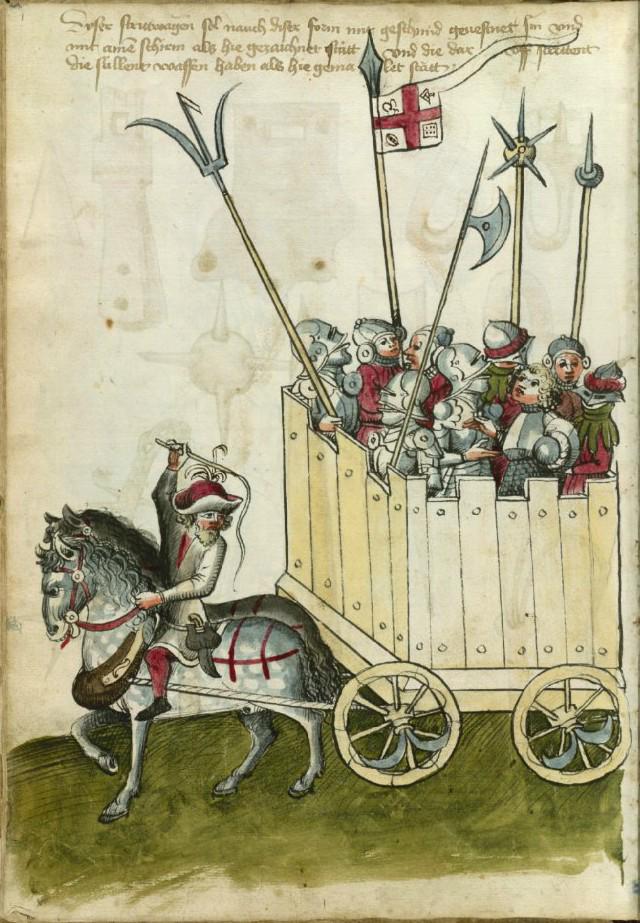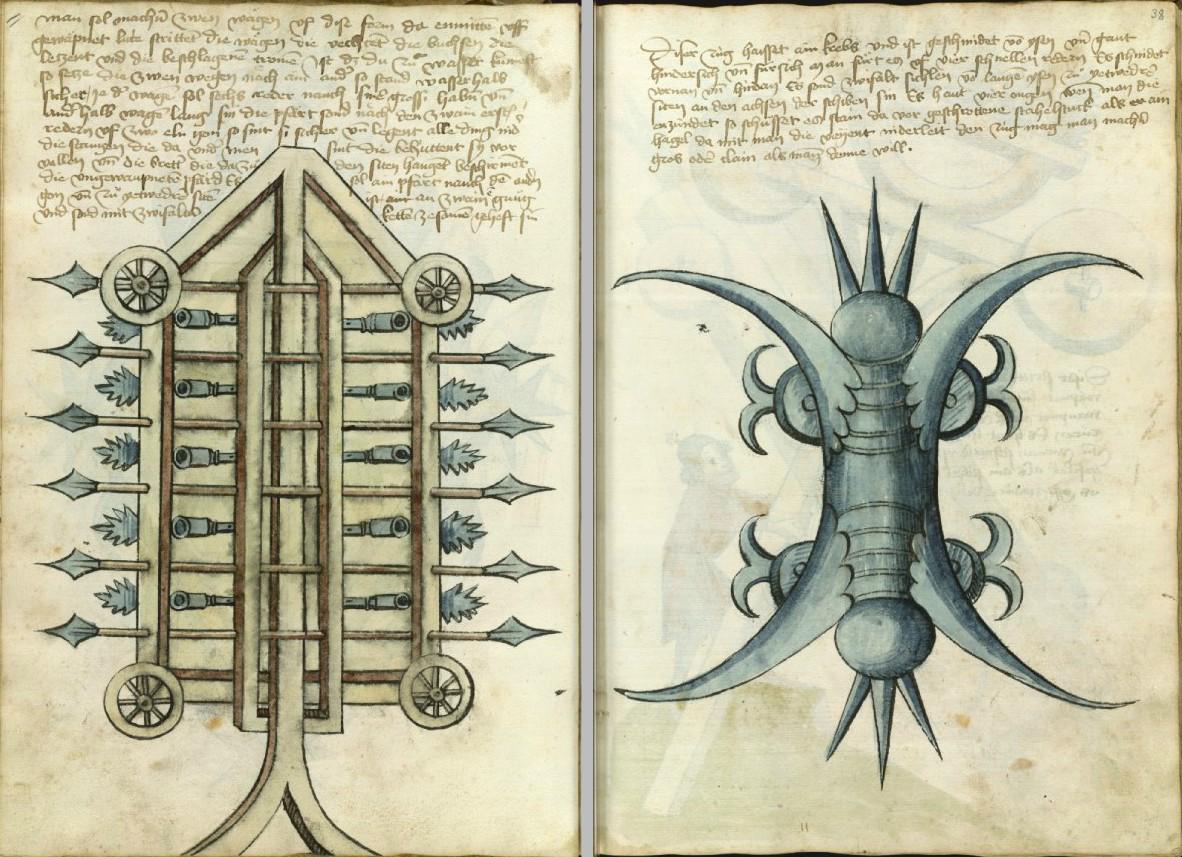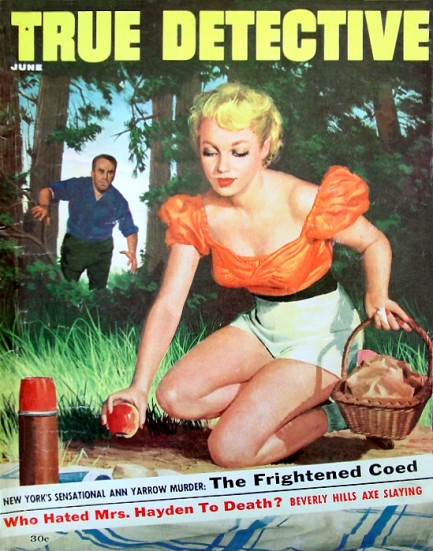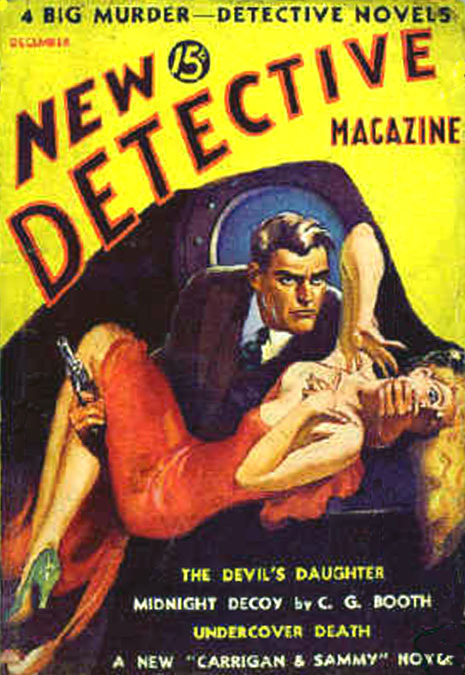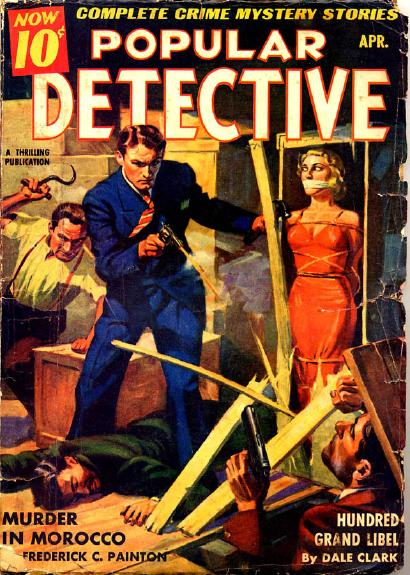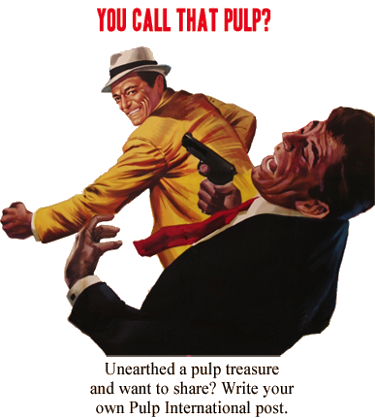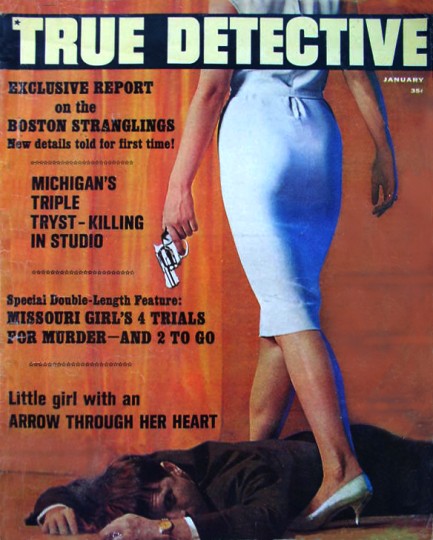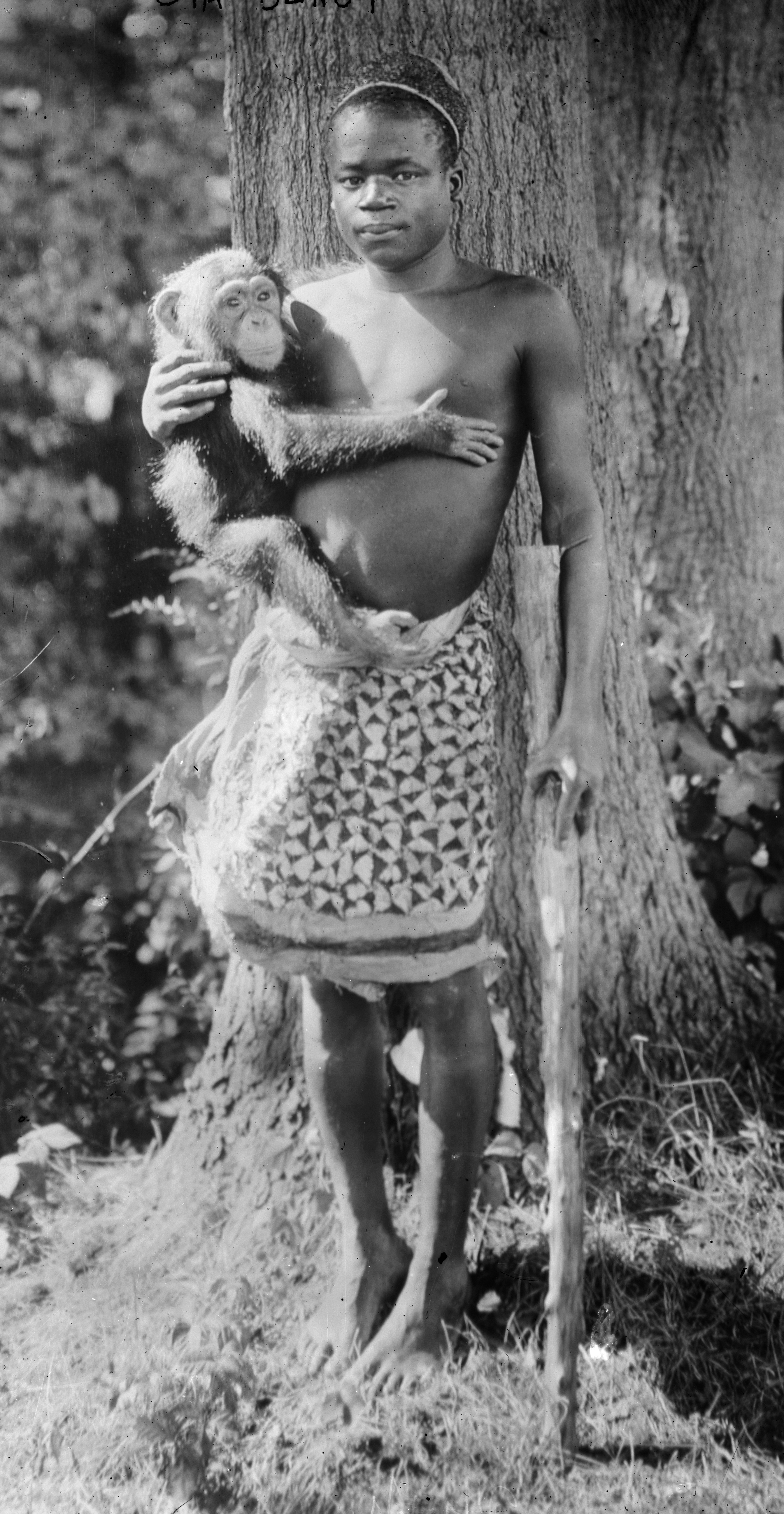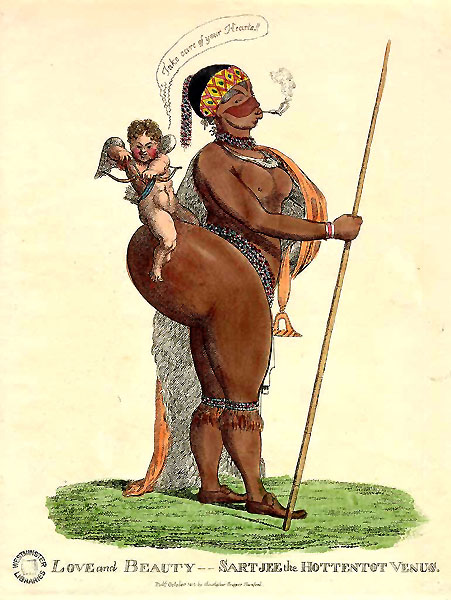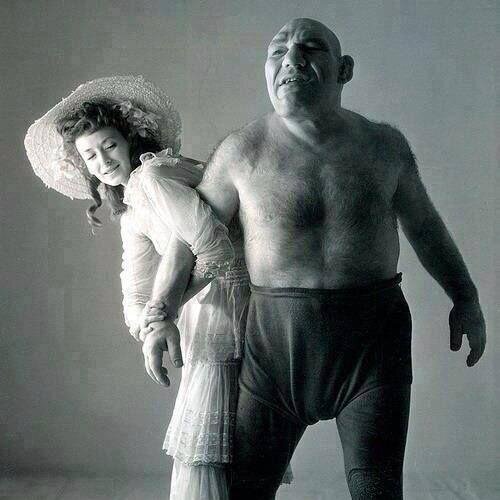
The Millionaires of America
Jul 16th, 2015 by bachmann
J.P. Morgan ‘either a Caesar or nothing’
Carlo de Fornaro (1872 – 1949), was an artist, humorist, writer, editor, and revolutionary. In 1902, he published a volume of caricatures entitled “Millionaires of America“. Fornaro acknowledged his caricatures might not be well-received by some of the most powerful men in the United States, so he placed a notice at the front of the volume “All the responsibilities incurred by the printing and the publication of these caricatures and resulting in suits for lese majeste, etc., will be borne entirely by Mr. Carlo de Fornaro.”
The New York Times review of the book (January 10, 1903)
“Perhaps it is well that some one should come out and ‘’stand for” the collection of pictures burlesquing certain well-known citizens of this town and some of whom, it is reported, have already lost their temper over the manner in which they have been depicted. To be caricatured, however, is one of the penalties of greatness, even when that greatness merely consists in the possession of great wealth. When caricatures are true to life, as in many cases in the present instance, there is no denying that the public derive a certain satisfaction from seeing the victim writhe. Therefore, perhaps the eminent citizens whose counterfeit presentments are to be found in the book, might better conceal their chagrin and take it all good-humoredly. Such was Pliny’s advice to the victims of caricature in ancient days.
The present works are somewhat in the style of Fellegrini. Whose drawings, published svrtce 1862 in London Vanity Fair, are the most remarkable of iheir kind which have appeared since the superb grotesques of Honors Daumier. The volume embraces caricatures in color of A. G. Vanderbilt, Russell Sage, J. P. Morgan. Andrew Carnegie, W. C. Whitney, J. .1. Hill. George Gould. Col. J. J. Aster. O. H. P. Belmont, Charles M. Schwab. Tom L. Johnson, and Senator W. A. Clark.”
Journalist Bernard Gallant described Fornaro as:
“A very unique and interesting character. He was born in Calcutta, India, and reared in Italy and Switzerland. He is a scion of an old Italian family and is a member of the family of Pope Alexander VI. His education he received at the Royal Academy of Munich and came to this country twenty years ago. When he grew tired of dear, old New York with its glittering electric signs, he went to Mexico. That was in 1906. Instead of painting the picturesque scenes of that marvelous country, as he contemplated, he published a newspaper for more than three years, giving the Mexicans a taste of real Metropolitan journalism. That marked Fornaro’s entrance into the field of the Mexican revolution and he has been a loyal champion of the revolutionists ever since.
In appearance Fornaro looks very much like a Jesuit priest and keeps the hours of a brigand. He sleeps most of the day and wanders from cafe to cafe most of the night. With the fair sex he is most charming and gallant, but is galling bitter when he portrays them with pen or brush. But he is far from being a woman hater. Oddly enough, regardless of his cafe life, Fornaro indulges in nothing stronger than water.”
In the end, Fornaro did not experience any serious legal ramifications for his caricatures, but he eventually did so with a subsequent book focused on the corruption and brutalities of the Diaz Mexican government. His book “Diaz, Czar of Mexico; an arraignment, by Carlo de Fornaro with an open letter to Theodore Roosevelt” resulted in a prosecution and suit for criminal libel. He was convicted and sentenced to one year in the famous ‘Tombs’ prison in New York City. He took his unfortunate circumstances to record and eventually publish a book on his personal experience inside the New York penal system, as well as inserting some caustic commentary on American justice.
Andrew Carnegie and his diminutive stature
John Jacob Astor ‘leisure with dignity’
- Description:
- Fornaro, Carlo de. Millionaires of America. New York : Published by the Medusa Pub Co., 1902.
- Persistent Link:
- http://nrs.harvard.edu/urn-3:FHCL:16460221
- Repository:
- Widener Library
- Institution:
- Harvard University















